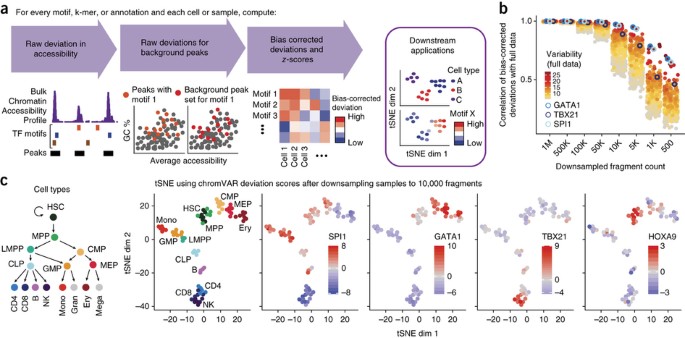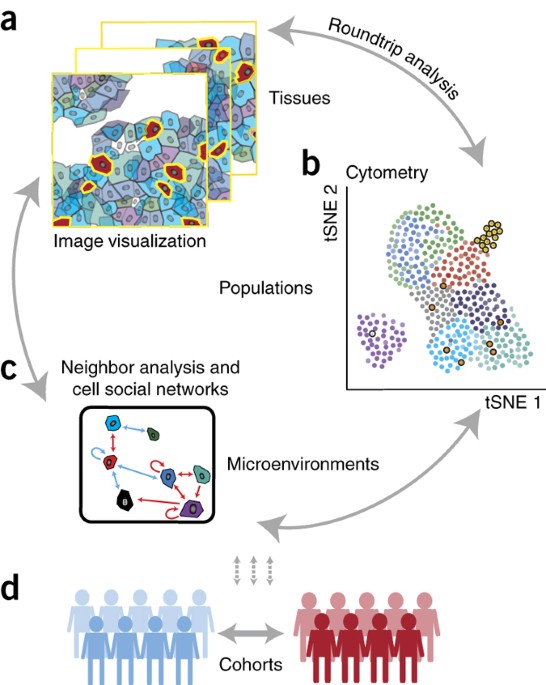- Select a language for the TTS:
- UK English Female
- UK English Male
- US English Female
- US English Male
- Australian Female
- Australian Male
- Language selected: (auto detect) - EN
Play all audios:
FASTER CODING GAVE ME AN EDGE The world is evolving at a fast pace, technology is making major advancements, more people are getting connected, and businesses transact big data on a daily
basis. Every second 60,000 search queries are performed on Google and 1.2 trillion searches per year and data management cost US businesses alone $600 billion annually. Hence, with
fascinating figures like these, the need for data scientists to be at their prime of performance is paramount. I got into data science at a very early stage. Without a college degree or
prior knowledge of the system, I adapted quickly to certain modules like SQL, Python, and Data visualization. Without any institutional experience, it wasn’t easy, I went years without a
contract and at some point, I stopped looking for opportunities and decided to invest that time in building up my professionalism. > _I aced every exam but the sad truth is no company
would put a > 17-year-old without experience or a computer science degree in > charge of their database._ I didn’t get into data science because of the money neither because of the
prestige. I was passion-driven. When you make passion a priority; you’ll find ways to develop rather than lament over disappointments. I got most of my knowledge and certifications from
online learning platforms and what I can say is online learning is underrated. In 2016 LinkedIn launched a new site called LinkedIn Learning, a personalized E-learning platform designed to
train individuals, professionals, and businesses with diverse skills to improve career opportunities and enhance lifelong learning. BETTER PRODUCTIVITY = EFFECTIVE PROGRAMMING > “You can
get the best lecture in the world, wherever you are, > whenever you want” — Bill gates Data science courses on LinkedIn is somewhat close to perfection as it conveys a rich amount of
useful content in a short amount of time. Data science is an extensive field — lots of languages, concepts, and tools are needed to be mastered if you want to keep up. You don’t need to
spend 12 hours of the day focused on a single topic — It’s not healthy for data scientists looking to get better at their craft. The longest course related to data science I took on LinkedIn
learning was “Advanced SQL for Data Scientists” which was 3 hours long. I know what you’re thinking, how can SQL be taught in 3 hours. But here’s the catch, LinkedIn understands that
computer professionals have lots of technical aspects to cover as well as learning other key soft skills. Productivity brews professionalism. My ability to be productive, manage time and
adapt to other sections distinguished me from other professionals in the field. CORE KNOWLEDGE IN OTHER FIELDS You’ll agree with me that data science isn’t just arranging and analyzing stats
and figures. Other fields of technology play important roles in programming and data modification. Everyone has certain areas of specialization — Python and SQL are my babies. However,
regardless of what you choose to pursue it is never a bad idea to have a fundamental knowledge of other aspects of computing and programming. These courses on LinkedIn are easily
personalized as professionals can control what courses are displayed. It is easy to curate courses or skills based on your specializations and interests. In the early stages, I dabbled into
data using Excel and basic python experience I gathered from a code fest in Lagos, Nigeria. Although it wasn’t enough to get me to the level of proficiency needed to stand out among others.
I was limited, and being limited to a particular field is unhealthy for data scientists looking for better opportunities. With vast knowledge and experience in multiple fields, it is much
easier to solve problems with standard techniques, run codes in suitable languages, and practice at top levels. EFFECTIVE NETWORKING WITH OTHER PROFESSIONALS These days connections are very
important for every professional. Your ability to create, join networks and expand your reach to get a wider perspective on certain topics is paramount to developing yourself as a data
scientist. Let’s take an instance: Applicant A’s resume looks good with lone experiences although without any endorsements. While applicant B’s resume is vast, filled with recommendations
and collaborations from numerous professionals. Personally, I would give applicant B the offer because of the experience gathered from sharing knowledge and perspectives with others — it
shows technical ability together with effective people skills. I leveraged the interactive user interface embedded in every course on LinkedIn, related with facilitators, shared concepts,
and ideas to make data visualization easier and accurate. In physical, my shyness and timidity won’t let me connect with others — it’s something I’m working on anyway — but with an online
mutual community it is easier for me to associate, learn new skill sets, share thoughts with a wider audience and keep up with the latest trends in data science. CERTIFICATION Have you been
in a situation where you performed excellently at trials but were rejected because you weren’t certified? I know I have and it’s not rosy at all. Apart from the job I got as a middle school
Data Processing teacher, my rejection rate was at the highest point and 90% of the rejection letters I got said “you’re good but you have nothing to show for it.” For newbies in data science
getting certified might be challenging regardless of your knowledge and intellect. 70% of data scientists are self-taught — no data-related college degree — no prior experience. Most
institutions require overwhelming prerequisites to get certification in any data-related field. However, getting a certification from online learning platforms is pretty straightforward as
long as you invest time, resilience, effort, and a positive attitude you will succeed. CONCLUSION A McKinsey Global Institute study states that the U.S. will face a shortage of about 190,000
data scientists and 1.5 million managers and analysts who can understand and make decisions using big data by 2018. Businesses need more qualified professionals to take up data science
roles. It is important that you get yourself prepared, upgrade proficiency and understand the fundamentals of data science on a larger scale. KEY POINTS TO REMEMBER * Be critical with time
management. Productivity is very essential for programmers. * Don’t remain stagnant. You’ve mastered Python? Move on to machine learning. * Attend conferences, join online communities and
associate with other professionals. * Keep up with the latest trends in data science. * Professionalism doesn’t just happen; you need to go earn it. Work towards your goals, take
opportunities, and find ways to get better at what you do.







